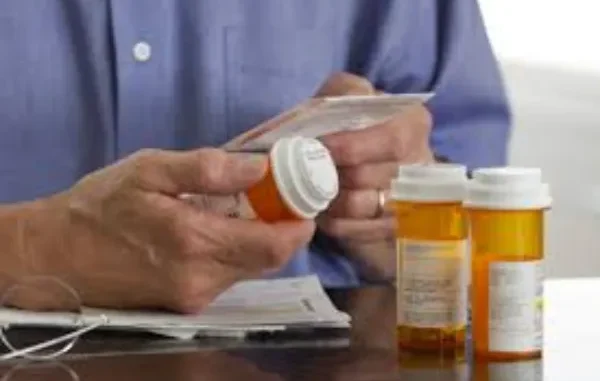
While the opioid epidemic has dominated headlines for years, another prescription drug crisis is quietly escalating: benzodiazepine dependence. These commonly prescribed medications—including Xanax, Valium, Klonopin, and Ativan—are creating a growing population of people who find themselves physically dependent on drugs their doctors prescribed for anxiety, insomnia, or panic disorders.
The Scope of the Problem
Benzodiazepines are among the most frequently prescribed medications in America, with over 92 million prescriptions written annually. They work by enhancing the effects of GABA, a neurotransmitter that calms brain activity, providing quick relief from anxiety and promoting sleep. The problem is that these drugs are highly addictive, and dependence can develop in as little as two to four weeks of daily use.
What makes this crisis particularly insidious is that many people don’t realize they’re dependent until they try to stop. Unlike the stereotypical image of addiction, benzodiazepine dependence often affects responsible, health-conscious individuals who simply followed their doctor’s orders. They’re parents, professionals, and retirees who never imagined prescription medication could lead to such severe consequences.
Why Benzos Are So Dangerous
Benzodiazepine withdrawal is not only extremely uncomfortable—it can be life-threatening. Abruptly stopping these medications can trigger seizures, psychosis, severe anxiety, insomnia, and in rare cases, death. This makes benzodiazepine detoxification one of the most medically complex withdrawal processes, often more dangerous than opioid withdrawal.
The withdrawal timeline can be protracted, lasting months or even years for long-term users. People experience what’s called “protracted withdrawal syndrome,” with symptoms including cognitive impairment, sensory disturbances, muscle pain, and debilitating anxiety—the very condition they were trying to treat in the first place.
Adding to the danger, benzodiazepines are frequently combined with other substances. The CDC reports that benzos are involved in nearly 30% of opioid overdose deaths. When combined with alcohol, the respiratory depression effects multiply, creating a potentially fatal combination.
The Treatment Gap
Despite the severity of benzodiazepine dependence, treatment options remain limited and often inadequate. Many general detox facilities lack the specialized protocols needed for safe benzo withdrawal. The gold standard is a slow, medically supervised taper that can take months, requiring patience and expert guidance that not all treatment centers provide.
Specialized facilities like Seasons in Malibu understand the unique challenges of benzodiazepine dependence and offer comprehensive medical supervision throughout the tapering process. Safe detoxification must be paired with therapeutic support to address the underlying anxiety or sleep disorders that led to the prescription in the first place, as well as the trauma of experiencing dependence on medication that was supposed to help.
Moving Forward
The benzodiazepine crisis demands greater awareness among both prescribers and patients. These medications have legitimate medical uses for short-term situations, but long-term prescribing practices need serious reconsideration. Alternative treatments for anxiety and insomnia—including cognitive behavioral therapy, mindfulness practices, and lifestyle modifications—should be first-line interventions whenever possible.
If you’re dependent on benzodiazepines, know that recovery is possible with proper medical support. Never attempt to quit cold turkey, and seek specialized help from professionals who understand the complexities of this often-overlooked addiction.

Leave a Reply